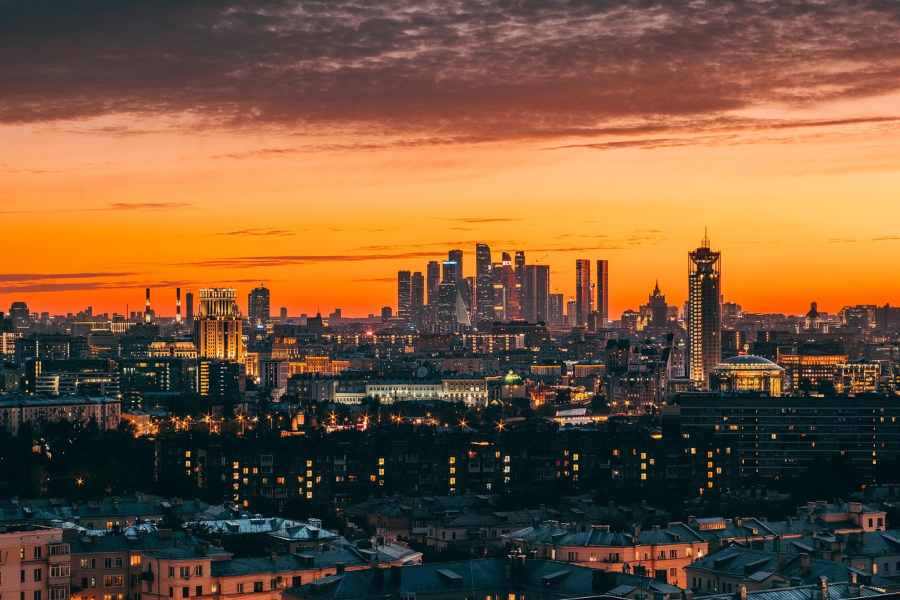City growth brings opportunity—but also new risks. In places like Reno, the layout of sidewalks, intersections, and shared spaces can help prevent injuries or become hotspots for accidents. Understanding these dynamics is part of the job for a personal injury lawyer Reno NV, who often deals with the real-world consequences of poor urban design.
Everyday Hazards in Urban Environments and How to Address Them
Traffic Safety Concerns
As cities like Reno grow, traffic congestion intensifies, increasing the risk of accidents. Urban designers can mitigate these hazards by implementing traffic calming measures such as speed bumps, narrowed streets, and marked pedestrian crossings. Creating dedicated bike lanes and improving public transportation can reduce vehicle traffic and enhance safety.
Environmental Health Risks
Urban environments often face challenges related to air and noise pollution. To combat these issues, city planners can incorporate more green spaces, which act as natural air filters and sound barriers. Encouraging the use of electric vehicles and implementing stricter emissions standards for businesses can also help improve air quality. Moreover, strategically placing trees and vegetation along busy streets can significantly reduce noise.
Infrastructure-Related Dangers
Aging infrastructure poses significant risks in growing cities. Crumbling sidewalks, poorly maintained roads, and outdated utility systems can lead to accidents and service disruptions. Urban designers must prioritize regular maintenance and upgrades of existing infrastructure while also planning for future growth. This includes implementing smart city technologies to monitor and manage infrastructure more efficiently, ensuring public safety and minimizing everyday hazards for residents.
Designing for Pedestrian and Cyclist Safety in Reno
As Reno’s urban landscape evolves, prioritizing the safety of pedestrians and cyclists has become paramount. Urban planners and city officials are implementing innovative design strategies to create a more walkable and bike-friendly environment, reducing the risk of accidents and encouraging active transportation.
Enhancing Walkability
Reno is focusing on improving sidewalk infrastructure and creating pedestrian-friendly spaces. Wide, well-maintained sidewalks with buffer zones between pedestrians and vehicular traffic are being implemented across the city. Additionally, the installation of pedestrian islands and curb extensions at busy intersections is helping to reduce crossing distances and increase visibility for pedestrians and drivers.
Bike Lane Integration
The city is expanding its network of dedicated bike lanes, including protected lanes that physically separate cyclists from motor vehicles. These lanes are being designed with high-visibility paint and clear signage to alert drivers to the presence of cyclists. Intersections are being redesigned with bike boxes and advanced stop lines, giving cyclists a head start at traffic lights and reducing the risk of right-turn conflicts.
Traffic Calming Measures
To further enhance safety, Reno is implementing various traffic calming techniques. These include narrower streets, speed bumps, and raised crosswalks in residential areas and near schools. Such measures naturally slow down vehicular traffic, creating a safer environment for all road users.
Incorporating Green Spaces and Sustainable Infrastructure
The Power of Urban Greenery
Integrating green spaces into urban design is crucial for minimizing everyday hazards in rapidly growing cities like Reno. Parks, community gardens, and tree-lined streets enhance aesthetic appeal and play a vital role in reducing air pollution, mitigating urban heat island effects, and improving public health. These verdant areas act as natural buffers against environmental stressors, providing residents with much-needed respite from the concrete jungle.
Sustainable Infrastructure Solutions
Implementing sustainable infrastructure is equally important in creating safer urban environments. This includes:
Permeable pavements to reduce flooding risks
Green roofs to improve insulation and manage stormwater
Bioswales and rain gardens for natural water filtration
These eco-friendly design elements work synergistically to enhance urban resilience, minimize the impact of extreme weather events, and promote long-term sustainability.
Balancing Development and Nature
As Reno expands, urban planners must strike a delicate balance between development and preserving natural ecosystems. By incorporating green corridors and wildlife-friendly spaces, cities can maintain biodiversity while creating safer, more livable environments for residents. This approach addresses immediate safety concerns and fosters a deeper connection between urban dwellers and their natural surroundings, promoting a more sustainable and harmonious urban future.
Final Thoughts
Whether it’s a cracked sidewalk or a poorly marked crosswalk, how a city is built matters, while proactive planning helps reduce risks, not all hazards are eliminated. In such cases, a personal injury lawyer Reno NV can become essential in addressing the aftermath of design-related injuries.


